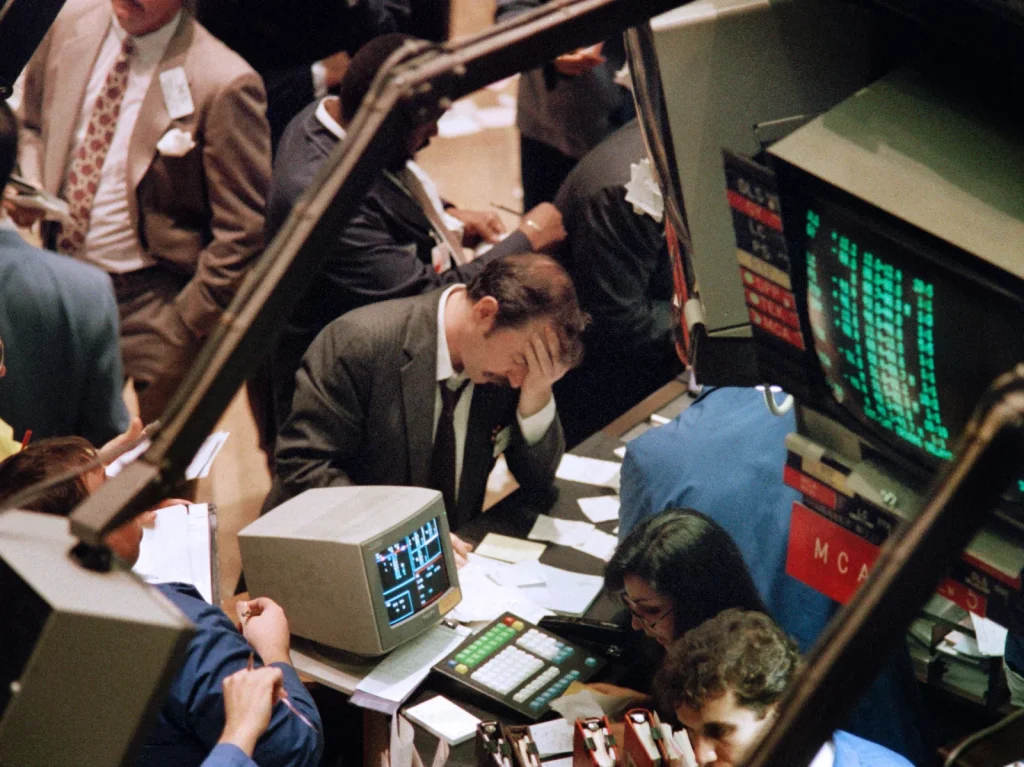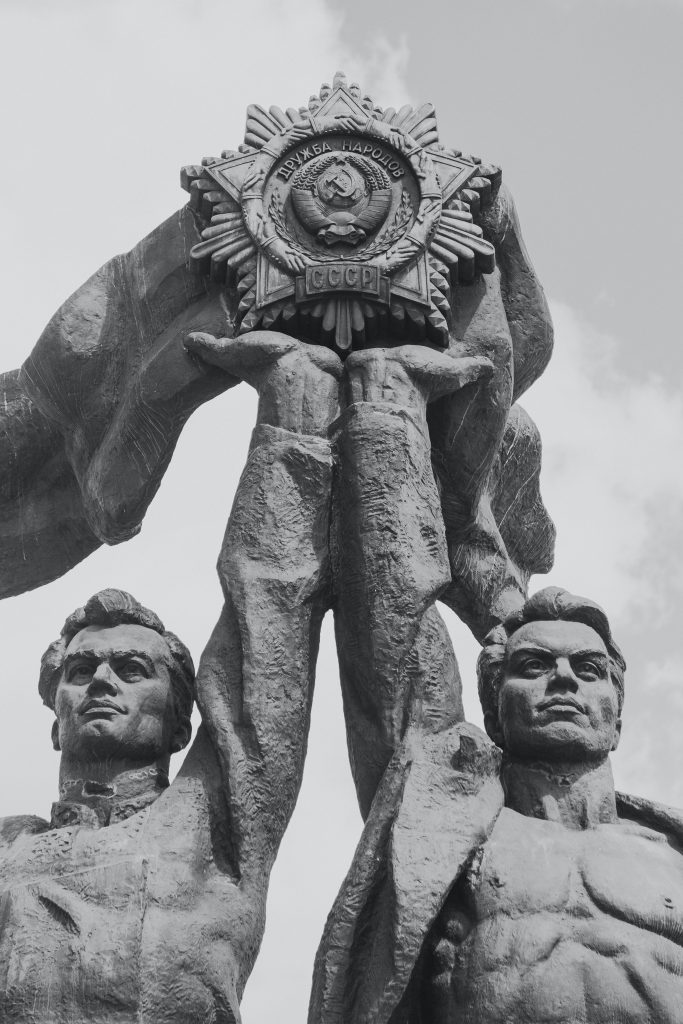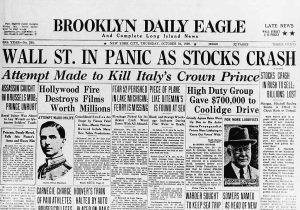Black Monday 1987: Understanding the Causes of the Stock Market Crash

Black Monday is a term that refers to the stock market crash that occurred on October 19, 1987. It was a global event that caused stock exchanges worldwide to plummet in a matter of hours. The losses were estimated at $1.71 trillion, making it one of the worst days in the history of the stock market.
Many theories have been put forward to explain the cause of Black Monday. Some analysts believe that it was largely driven by a strong bull market that was overdue for a major correction. The bull market had been going on for five years and had not experienced a major corrective retracement of prices since its inception in 1982. Others attribute the crash to computer-driven trading, which was still a relatively new phenomenon at the time.
The Federal Reserve’s response to the crash was to inject liquidity into the market, which helped to stabilize it. However, the event sparked fears of extended economic instability or even a reprise of the Great Depression. To this day, Black Monday remains a significant event in the history of the stock market and continues to be studied by economists and financial analysts alike.
Market Conditions
In the years leading up to Black Monday, the stock market had experienced a prolonged period of growth and prosperity. The Dow Jones Industrial Average (DJIA) had more than tripled in the five years prior to the crash, reaching an all-time high of 2,722 points in August of 1987. This rapid growth was fueled by a variety of factors, including low interest rates, deregulation, and the proliferation of new financial instruments such as stock index futures and options.
However, there were also warning signs that the market was becoming overheated. Price-to-earnings ratios were high, indicating that stocks were becoming overvalued. In addition, there were concerns about the U.S. trade deficit and the strength of the dollar, which could have negative implications for the economy as a whole.
In the weeks leading up to Black Monday, there were several key events that contributed to the market’s decline. On October 14th, the DJIA fell by more than 95 points, its largest one-day drop in history at that time. This was followed by a series of down days, with the market losing more than 10% of its value in just five days.
On October 19th, the day of the crash, the market opened sharply lower and continued to fall throughout the day. Panic selling ensued, with investors rushing to sell their holdings before prices fell further. The DJIA ultimately closed down 508 points, or 22.6%, the largest one-day percentage decline in history.
Overall, the market conditions leading up to Black Monday were characterized by a combination of rapid growth and increasing concerns about overvaluation and economic instability. These factors, combined with a series of negative events in the weeks leading up to the crash, contributed to the market’s decline on that fateful day in October of 1987.
Causes of the Crash
The 1987 stock market crash, also known as Black Monday, was a significant event that sent global stock exchanges plummeting in a matter of hours. While the exact cause of the crash is not entirely clear, several factors are believed to have contributed to the market’s decline.
One of the major contributing factors to the severity of the Black Monday crash was computerized trading and portfolio insurance trading strategies that hedged stock market portfolios by selling short S&P 500 Index futures contracts. These strategies led to a massive sell-off that caused the market to drop sharply.
Another factor that contributed to the crash was a nervous fear that stocks were significantly overvalued and were certain to undergo a correction. This fear was driven by rising interest rates, persistent US trade and budget deficits, and a crisis of confidence in the dollar created by uncertainties regarding the viability of the US economy.
Additionally, the decline of the dollar also played a role in the crash. As the value of the dollar fell, foreign investors became concerned about the stability of the US economy, which led to a sell-off of US stocks.
Overall, the 1987 stock market crash was a complex event that involved several factors that contributed to the market’s decline. While it is difficult to pinpoint a single cause, the combination of computerized trading, nervousness about overvalued stocks, and concerns about the US economy all played a role in the market’s decline.
Immediate Aftermath
The immediate aftermath of Black Monday was one of shock and confusion. The stock market had never experienced such a significant drop in a single day, and investors were left scrambling to make sense of what had happened. The Dow Jones Industrial Average dropped 508 points, or 22.6%, and the S&P 500 fell 20.4%.
The crash had a ripple effect on the global economy, with stock markets around the world experiencing significant drops in the days and weeks following Black Monday. The Hong Kong Stock Exchange dropped by 45% in just two weeks, and the Australian stock market lost 41% of its value in a matter of months.
In the United States, the Federal Reserve responded quickly to the crisis, injecting liquidity into the financial system and cutting interest rates. These measures helped to stabilize the markets in the short term, but the long-term effects of the crash were still being felt.
Many investors who had been heavily invested in the stock market suffered significant losses, and some were forced to sell off assets to cover their losses. The crash also had a significant impact on the economy as a whole, with consumer confidence dropping and many businesses struggling to stay afloat.
Overall, the immediate aftermath of Black Monday was a period of uncertainty and instability for investors and the economy as a whole. It took several years for the stock market to fully recover from the crash, and many investors were left wary of investing in the stock market for years to come.











